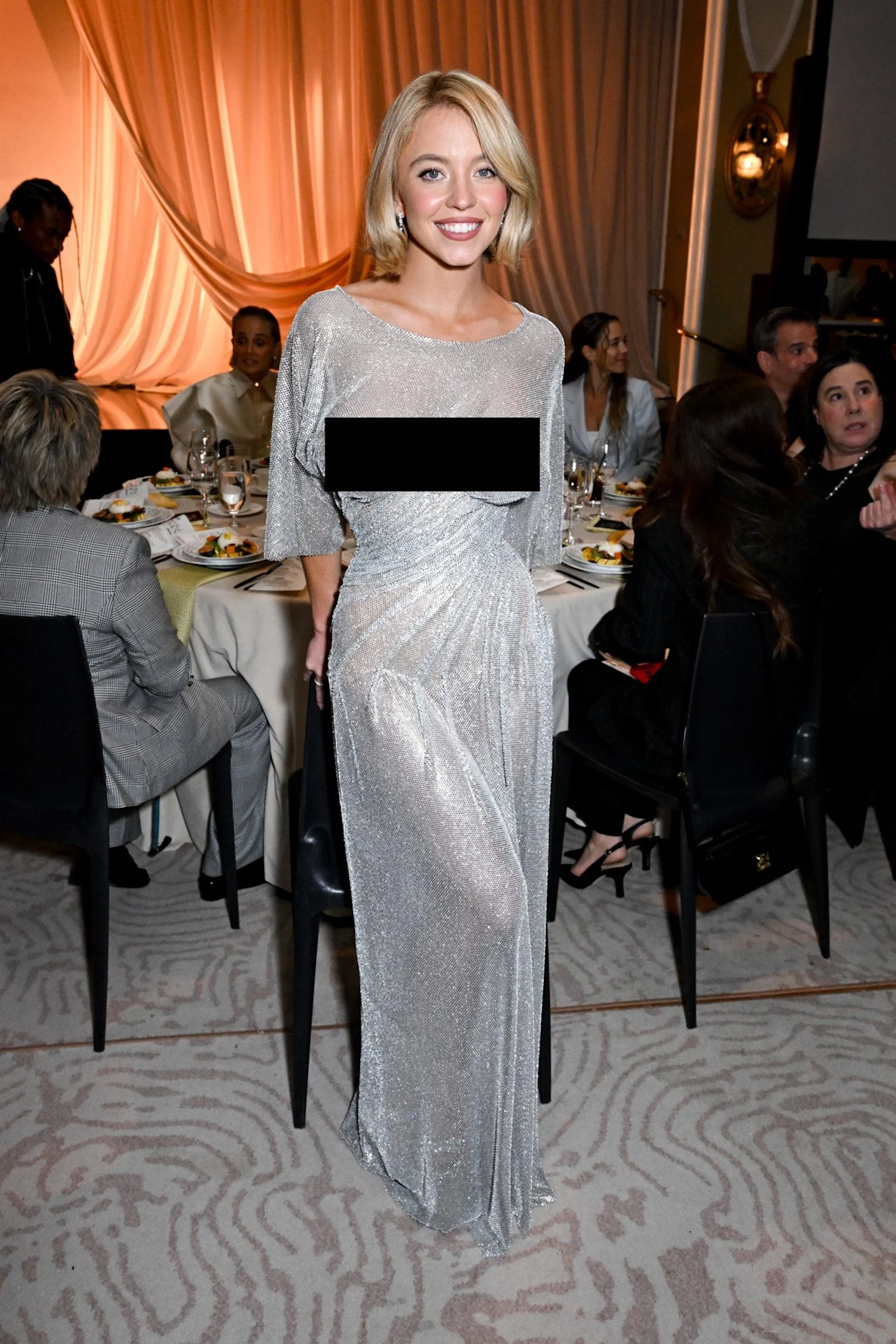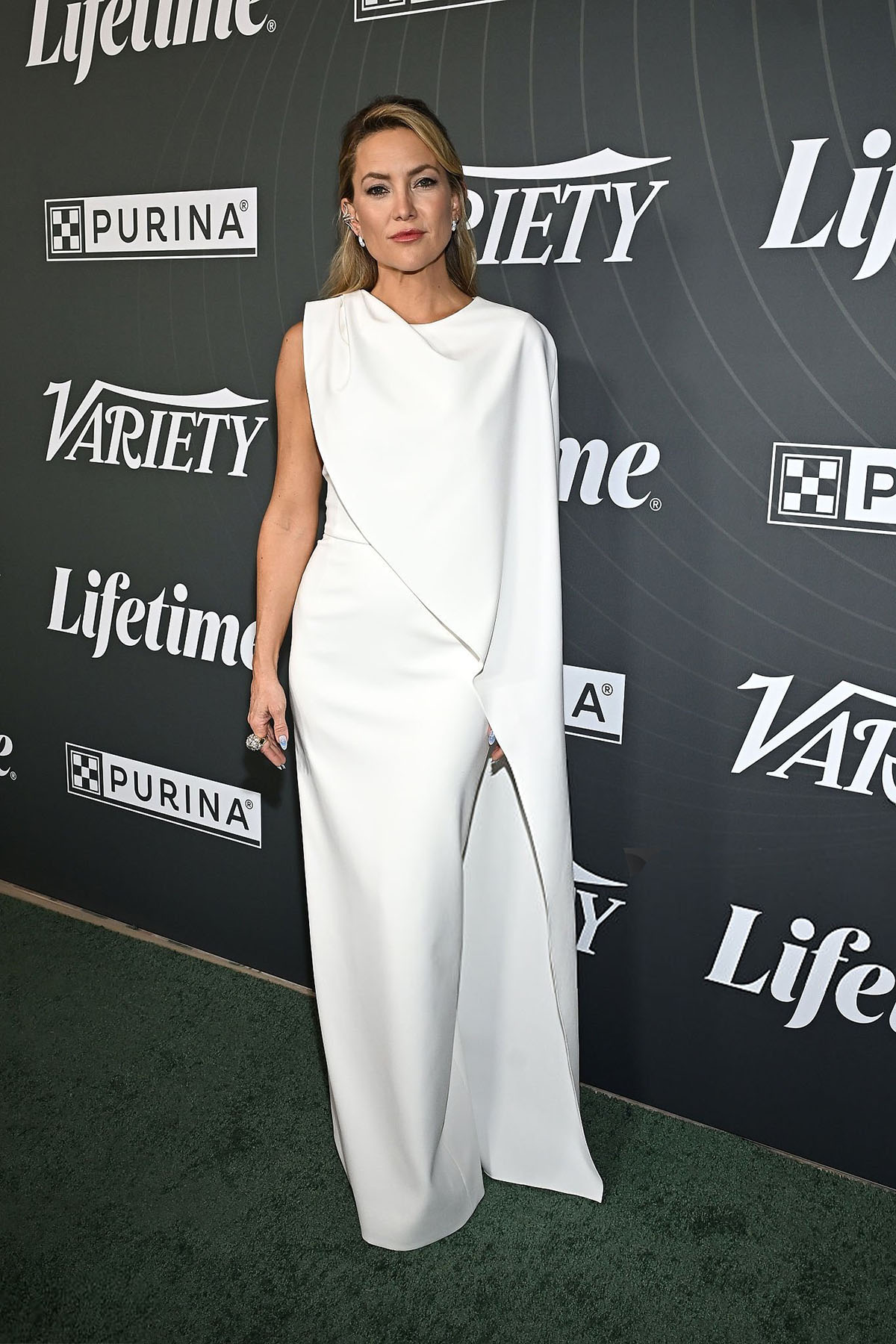

There’s just something ironic about it all.
In trying so hard to prove how confident and “unbothered” we are in what we wear, we’ve made ourselves more dependent than ever on external validation. But what does this mean? It means this: more looks, stares, and comments. A single reaction can have two received interpretations. For one, it’s, “Wow, that guy is looking at me.” And two, “Ew, why are they looking at me like that?”
What we wear is markedly one of the first visual elements that others notice about us. Through what we wear, we communicate.
So when we throw on something shorter, smaller, and with considerably less fabric, we tell ourselves it’s a statement—but we rarely stop to ask what we’re actually saying. (And I’m not talking about the baby tees that allow a sliver of midriff to become exposed. I’m talking about absolute exposure—where entire sections of one’s body are on display.)
What we wear isn’t just fabric—it’s a performance.
And modesty? It’s been written off as outdated. Boring. And worse, judgemental.
The Overton Window Theory
Ever heard of the Overton Window Theory? If not, it was introduced by Joseph Overton. He saw a phenomenon in public discourse that noticed how the acceptance of ideas shifts over time depending on the cultural landscape. This means that as norms and values change, our perceptions of acceptability for certain ideas also change.
Joshua Treviño, a political commentator, drew up the order to which ideas are classified based on the shifting of the Overton Window: from unthinkable → radical → acceptable → sensible → popular.
If we apply this to the idea of modesty, we see a clear shift in terms of acceptability for certain fashion choices. In the 1920s, a woman wearing a bathing suit, even if it was full coverage, was subject to being fined. But in 2025, a woman wearing a bathing suit is accepted, and even in settings other than the beach. We see students wearing bikini tops to college football games. Weird, right?
The Overton Window can explain that as societal norms evolve, what once was considered absolutely shocking or inappropriate can gradually become normalized. And most of us turn a blind eye. We see someone wearing that bikini top to the college football game… but we aren’t surprised by it.
Our sense of modesty isn’t necessarily diminishing, rather it’s being rewritten to fit modern values—that of confidence and self-presentation.
From The Red Carpet to The Everyday
Look no further than the red carpet.
In the Golden Age of Hollywood, glamour meant sophistication—a perfectly tailored satin gown, a touch of sparkle, and an aura of confidence that didn’t need to scream for attention. It was just there. You could just tell. You didn’t need to show off.
Now, the red carpet has transformed into a place for “fashion statements.” There seem to be more occurrences of wardrobe malfunctions—a strap falling over a shoulder, a slit too high on the thigh, or a dress length that has to be glued on in order to avoid riding up.
These celebrities are praised not for what they’re wearing, but for what they aren’t.
You’ll hear everyone talking about the sheer silver gown Sydney Sweeney wore to Variety’s Power of Women event. (Kinda ironic, right?) The commentary surrounding her outfit? Big name publications characterized it as “daring,” “turning heads,” and “stunning.” And get this, most of the images of her in this dress are blurred online.

But you won’t hear people talking about the asymmetrical white dress worn by Kate Hudson at that event. The same publications called it “refined elegance.”
Let’s pause for a second and think about this.

Though some will say, “But that’s just celebrities. You don’t see us dressing like that.” Think again.

It’s All Around Us
If we see the sparkling, big names clad in less fabric, we see this as a symbol of self-enfranchisement. Look at any comment section for figures like Sydney Sweeney, Olivia Dunne, and others. Ask yourself, what are they wearing? What are the comments?
And it doesn’t stop there.
Take a stroll through any mall, high school hallway (especially during their homecoming dance), or even a downtown dinner spot, and you will see the same pattern—half shirts, low-rise everything, and tightest-fitting tops. The clothes that are categorized as “going out” are nothing more than slim-fit bodysuits, skin-tight jeans, and sheer fabrics.
It’s become acceptable to wear nothing but a bikini top and jean shorts to a college football game. Or a bralette to a college frat party. Or a sheer bodysuit to a downtown bar.
So what happened? Where did this comfort to dress in practically nothing come from?
It’s called “main character energy”—the attitude of people who sees themselves as the protagonist of their own story, living life as if they’re at the center. (It’s basically the trendy word for self-centeredness and a big ego).
This mindset aims to grow confidence. You’ll hear someone say, “Just channel your main-character.” This is basically saying, put on a false sense of confidence. It’s not genuine and it’s not permanent. When we use clothing to channel this alter ego, we are basically telling ourselves that we look and feel better in skimpy clothing. And this causes us to feel gross and insecure when we wear things like sweatpants and jeans.
But wearing these things shouldn’t automatically make us feel less confident. Our comfort doesn’t cancel out confidence, and modesty doesn’t erase self-enfranchisement. If our sense of worth is coming from how much skin we show or how many heads we turn, then our confidence isn’t rooted in self-assurance—its in what others think of us.
We Need a New Name For Modesty
Those of us who choose to wear those full length long sleeves or conservatively tailored jeans are labeled as insecure or without confidence. But the funny thing is… we are confident. We don’t find our value in the manner in which others perceive us. It doesn’t come from how many people turn their heads as we walk down the street or how many of our followers slide into the comment section to say, “You’re so hot.”
It comes from the recognition of our intrinsic worth.
And let’s be honest, modesty hasn’t faded away. It was deliberately pushed out. From the red carpet’s “barely there” gowns to the normalization of posting what’s called “thirst traps” on social media, we collectively decided that the less we wear, the more attractive we are (and perpetuating the false belief that empowerment stems from this feeling).
We’re told that those who partake in the new fashion trends are doing so out of self-expression. “But I like this outfit,” they’ll say. But it’s more than that. We don’t dress a certain way only because we like it. Somewhere along the line, confidence got utterly confused with exposure.
So what would it look like if modesty made a comeback?
The Overton Window, which perceives acceptability of certain fashion choices, needs to revert to viewing half shirts, ripped jeans, and tube tops as radical. But it seems like we’ve moved too far away from this for it to ever happen. Our society needs to reinstate the sense that self-respect and confidence don’t depend on revealing more skin. We have to stop encouraging it.
Stop liking posts where someone is dressed in a provocative, revealing manner. Stop encouraging your friend to show off more at a party. Stop buying your young daughters what they beg for you to buy them.
Because modesty isn’t gone. It’s just waiting for us to remember that it’s not about hiding ourselves—it’s about seeing ourselves with confidence (the kind that you do not need to wear a tube top to feel).
Sierra Ozolins is a West Michigan native, currently a student at Hope College. As an athlete, she is passionate about fitness—from running to weightlifting. With a interest for politics and lifestyle, she is intrigued how local culture, community, and everyday events shape the world around her—often with an iced coffee in hand and her dog by her side.